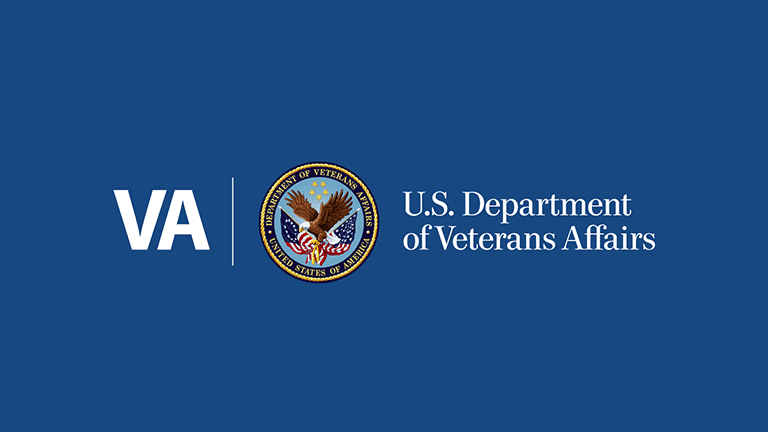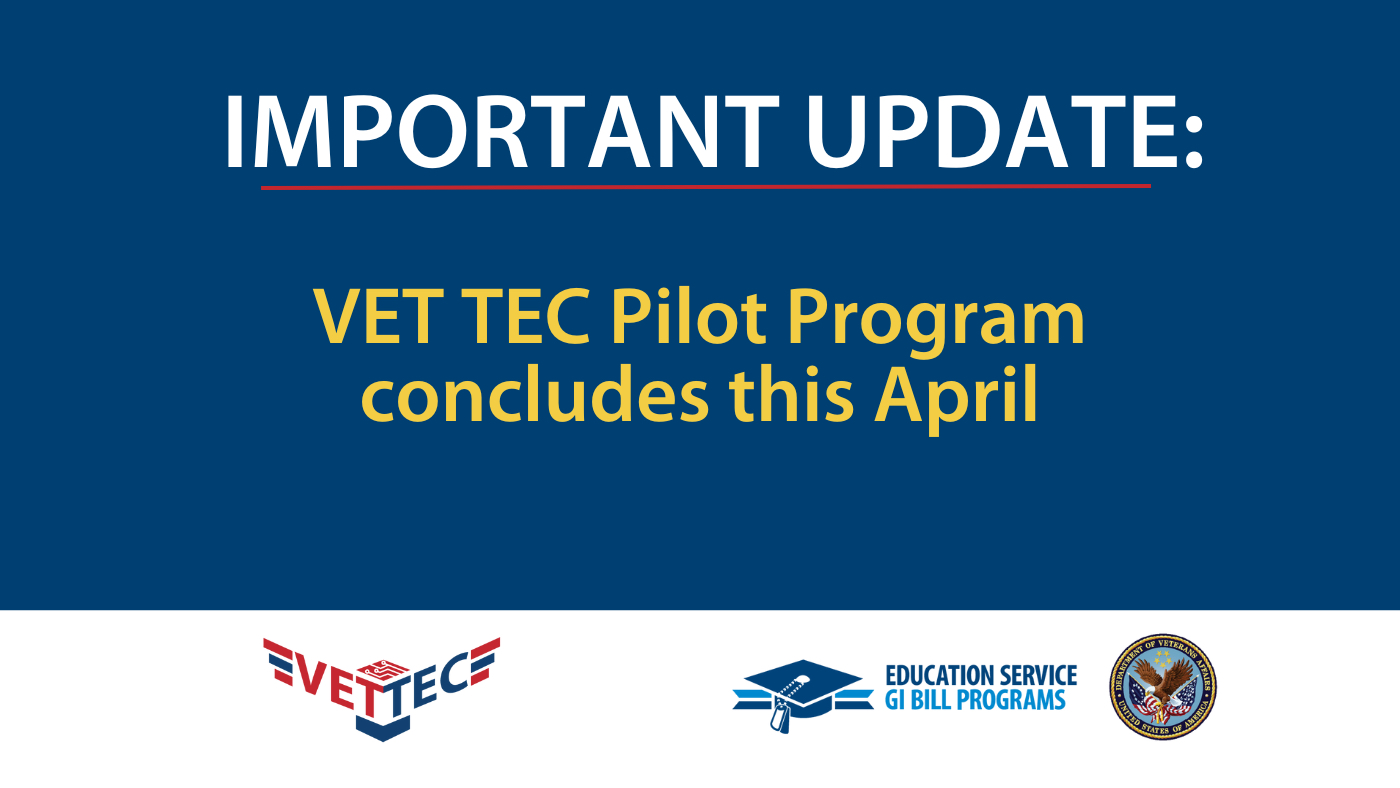
Sgt. 1st Class Cory Remsburg (left) shakes hands with Secretary Eric Shinseki before the State of the Union address.
The Department of Veterans Affairs Act of 1988 elevated the administration into the Cabinet-level department we know today. It was signed into law by President Ronald Reagan on Oct. 25, 1988, and came into effect under the term of President George H.W. Bush on March 15, 1989
This week, to highlight our 25 years of service to Veterans, their families and survivors as the Department of Veterans Affairs, we’ve shared 25 facts you may not know about VA. You can find facts 1-5 here, facts 6-10 here, facts 11-15 here and facts 16-20 here.
Five years ago, on VA’s 20th anniversary, President Obama spoke to the important role of caring for our nation’s Veterans. “…[W]hen our fellow citizens commit themselves to shed blood for us, that binds our fates with theirs in a way that nothing else can. And in the end, caring for those who have given their fullest measure of devotion to us — and for their families — is a matter of honor — as a nation and as a people.” Thanks to President Obama’s historic budget requests for VA and the support of Congress, VA is able to continue to honor our Nation’s promises to these unique and special citizens.
Fulfilling that sacred trust is the mission is of today’s VA and its nearly 340,000 employees, approximately 32 percent of whom are Veterans themselves.
We wrap up this anniversary week with five more things you may not know about VA:
- In 1988, the Nobel Prize was awarded to VA researcher Dr. Ferid Murad for his discoveries related to nitric oxide, a body chemical that helps maintain healthy blood vessels. This was VA’s third Nobel prize; the previous two went in 1977 to VA researchers Dr. Andrew Schally for his work on hormone production in the brain and Dr. Rosalyn Yalow for her development of radioimmunoassay techniques to detect and measure various substances in the bloodstream.
- VA transformed its paper-bound claims process into an electronic processing system that allows Veterans greater access to benefits and services online. The joint DoD/VA online portal eBenefits has more than 3.5 million users who are able to file claims, change family member status, grant power-of-attorney representation, and get letters of eligibility for home loans online. Today, more than 80 percent of VA’s compensation and pension rating claims inventory are in electronic form for digital processing.
- VA created the innovative public-private Blue Button Initiative in 2010, in collaboration with the U.S. Department of Health and Human Services (HHS), DOD and the Centers for Medicare & Medicaid Services. It expands consumers’ access to their own healthcare information—such as medical records, prescription information, medical claims, and lab data—so they can share it with health care providers, caregivers and others they trust. Blue Button has already been adopted by 500 insurers and health care organizations that collectively cover 100 million people.
- In 2010, VA reported a 70 percent success rate at seeing once-comatose patients return to consciousness at its polytrauma centers serving seriously wounded troops and Veterans. From USA Today, “’Of 97 troops or veterans admitted to these centers between January 2007, when the Emerging Consciousness program became fully operational, and the end of 2009, 67 have awakened,’ says David Cifu, VA national director, Physical Medicine and Rehabilitation. ‘Two of those were soldiers brought in from overseas battlefields — [Sgt. 1st Class Cory] Remsburg and Sgt. Tony Senecal.’” In this year’s State of the Union, President Obama recognized Remsburg, who was in attendance. “Cory is here tonight. And like the Army he loves, like the America he serves, Sgt. 1st Class Cory Remsburg never gives up, and he does not quit.”
- VA manages the 9th largest life insurance enterprise: $1.3 trillion in coverage, 6.8 million clients, and pays $11 million per day for VA administered and supervised insurance programs.
Topics in this story
More Stories
Over the five-year program, more than 14,000 VET TEC beneficiaries completed their program and nearly half have reported finding meaningful employment with an average starting annual salary of $65,000.
VA is calling for applicants for the 2024 Specially Adapted Housing Assistive Technology grant.
Updated COVID vaccines are available free of charge to Veterans receiving care at VA .






